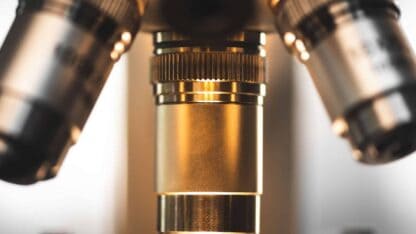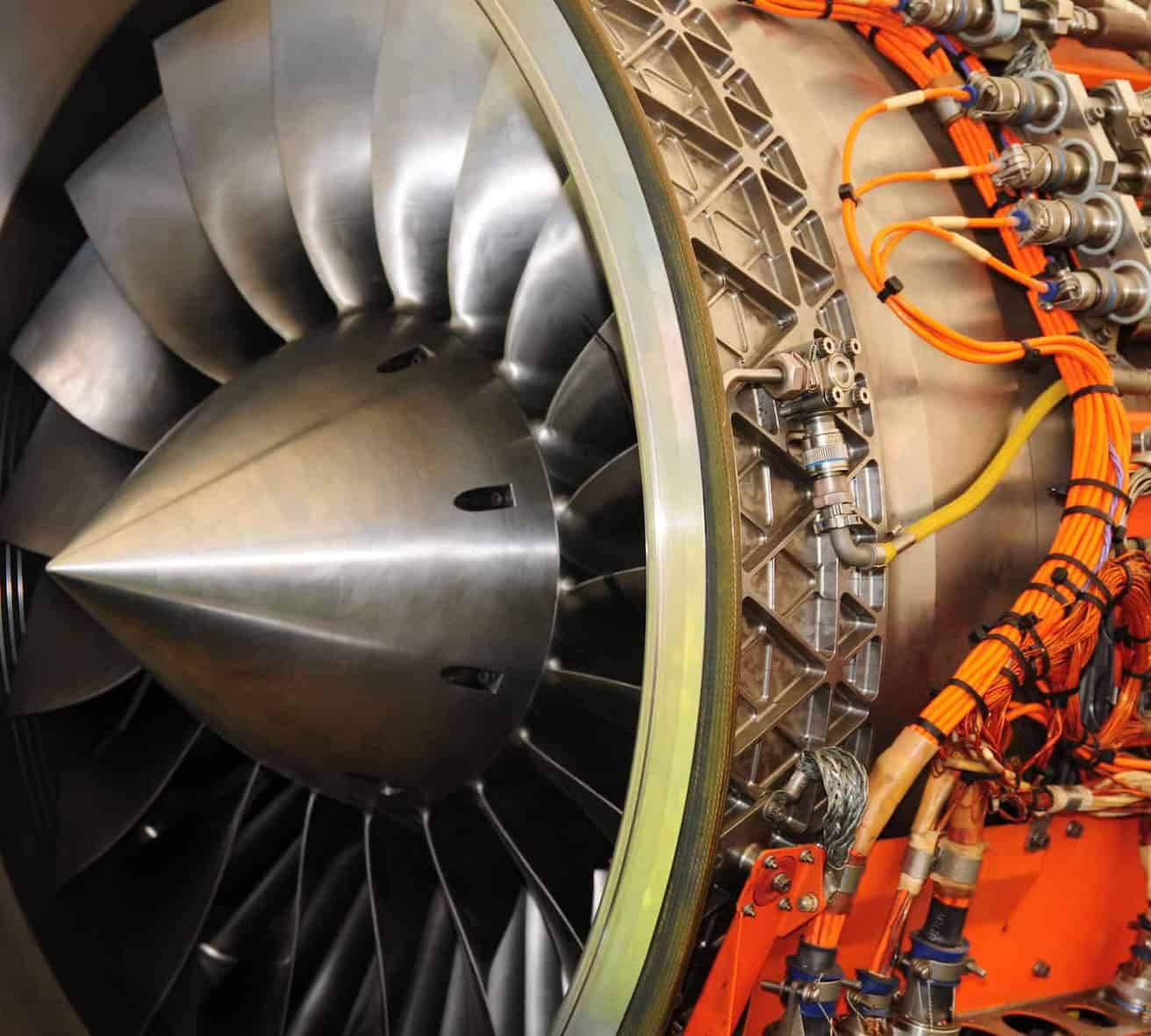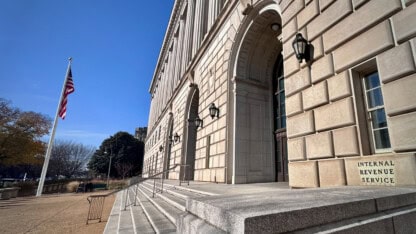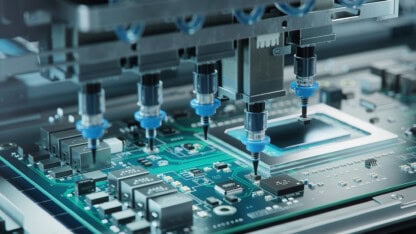Do you qualify?
FOUR-PART R&D TAX CREDIT CRITERIA
Regardless of industry, companies are potentially eligible to save up to 15% of qualified research expenses if their activities meet the following requirements, known as the four-part test.
1. Qualified Purpose
Activity must relate to a new or improved product or process, formulation, invention, software, or technique that results in increased performance, function, reliability, or quality.
2. Technological in Nature
The activity fundamentally relies on a hard sciences, such as engineering, physics, chemistry, biology, or computer science.
3. Technical Uncertainty
There must be uncertainty concerning the capability to develop, method of developing, or appropriate design of a new or improved product or process at the outset of the project.
4. Process of Experimentation
Substantially all of the activities are undertaken to eliminate or resolve technical uncertainty. This process involves an evaluation of one or more alternatives and is performed through modeling, simulation, systematic trial and error, or other methods.
Qualifying R&D expenses
Costs related to R&D activities may be eligible to be expensed immediately to reduce overall tax liability. Qualified R&D costs can potentially include these four categories.
1. Wages
For employee wages to qualify, they must perform research activities, like the following:
- Conducting or executing the qualified research
- Supervising the qualified research
- Supporting qualified research
2. Supplies
Supplies used to conduct research may qualify if they are tangible properties directly used in research activities that were not capitalized or depreciated. A common example is raw materials used to fabricate and test prototypes.
3. Contract Research
Valid contract research expenses must include time spent conducting or executing qualified research performed by a contracted third party and not the business entity itself.
To qualify contract research, a business must:
- Maintain substantial rights to the research performed; and
- Bear the economic risk of the contractor’s development.
4. Computer Rental/Lease Costs
This can include the purchases and maintenance of technology used in pursuit of research. Payments made to cloud service providers may also qualify if those payments are related to hosting new or improved software.
Our promise to you

Cost-free assessments
Your day-to-day tasks may qualify for significant R&D tax credits. Our team is happy to review your organization to assess eligibility.

Access what you deserve
If you haven’t been taking R&D tax credits, it’s not too late. We’ll review past returns and identify any missed opportunities.

Your benefit is our only goal
Our flat-fee, no contingency approach is focused on getting you defensible credits with limited risk.

Section 174: The Hidden Factor in R&D Tax Planning
Starting in 2022, companies are no longer allowed to fully deduct research and development (R&D) expenses in the year they’re incurred. Under Section 174 of the tax code, these costs must now be amortized over five years for U.S.-based R&D or 15 years for foreign R&D expenses.
Even if you’re claiming the R&D tax credit under Section 41, you must still amortize qualified research expenses on your tax return.
This shift has two major implications:
- Increased taxable income in the near term due to delayed deductions
Our Perspective, Your Benefit
Tax Leaders Ready To Serve You
As you grow, you face complex risks and opportunities. Benefit from hands-on guidance focused on delivering top-to-bottom value for you and your organization.
Related Solutions

Tax Credits and Incentives
Put your profits back where they belong: driving expansion and innovation for your organization. With experienced guidance credits and incentives can be a powerful tool for fueling your growth.

Employee Retention Credit
Access payroll relief for organizations impacted by the COVID-19 pandemic.

Enterprise Business Tax
Your goal is to drive growth on a large scale. Our goal is to identify strategic opportunities, streamline complexities, and deliver tax solutions that align with your enterprise’s needs.







